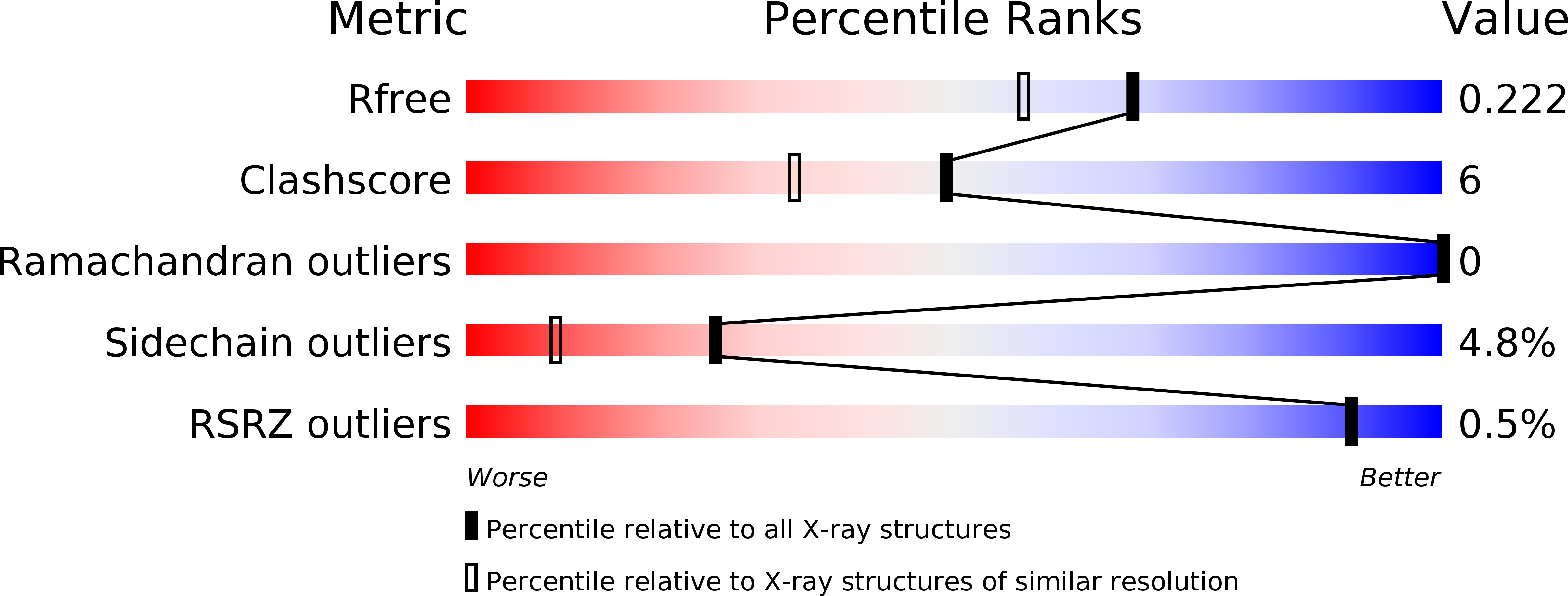
Deposition Date
2018-09-17
Release Date
2019-01-02
Last Version Date
2024-01-24
Entry Detail
PDB ID:
6HNS
Keywords:
Title:
Structure of Nitrincola lacisaponensis flavin-containing monooxygenase (FMO) in complex with FAD and NADP+
Biological Source:
Source Organism:
Nitrincola lacisaponensis (Taxon ID: 267850)
Host Organism:
Method Details:
Experimental Method:
Resolution:
1.84 Å
R-Value Free:
0.21
R-Value Work:
0.18
R-Value Observed:
0.18
Space Group:
P 21 2 21


